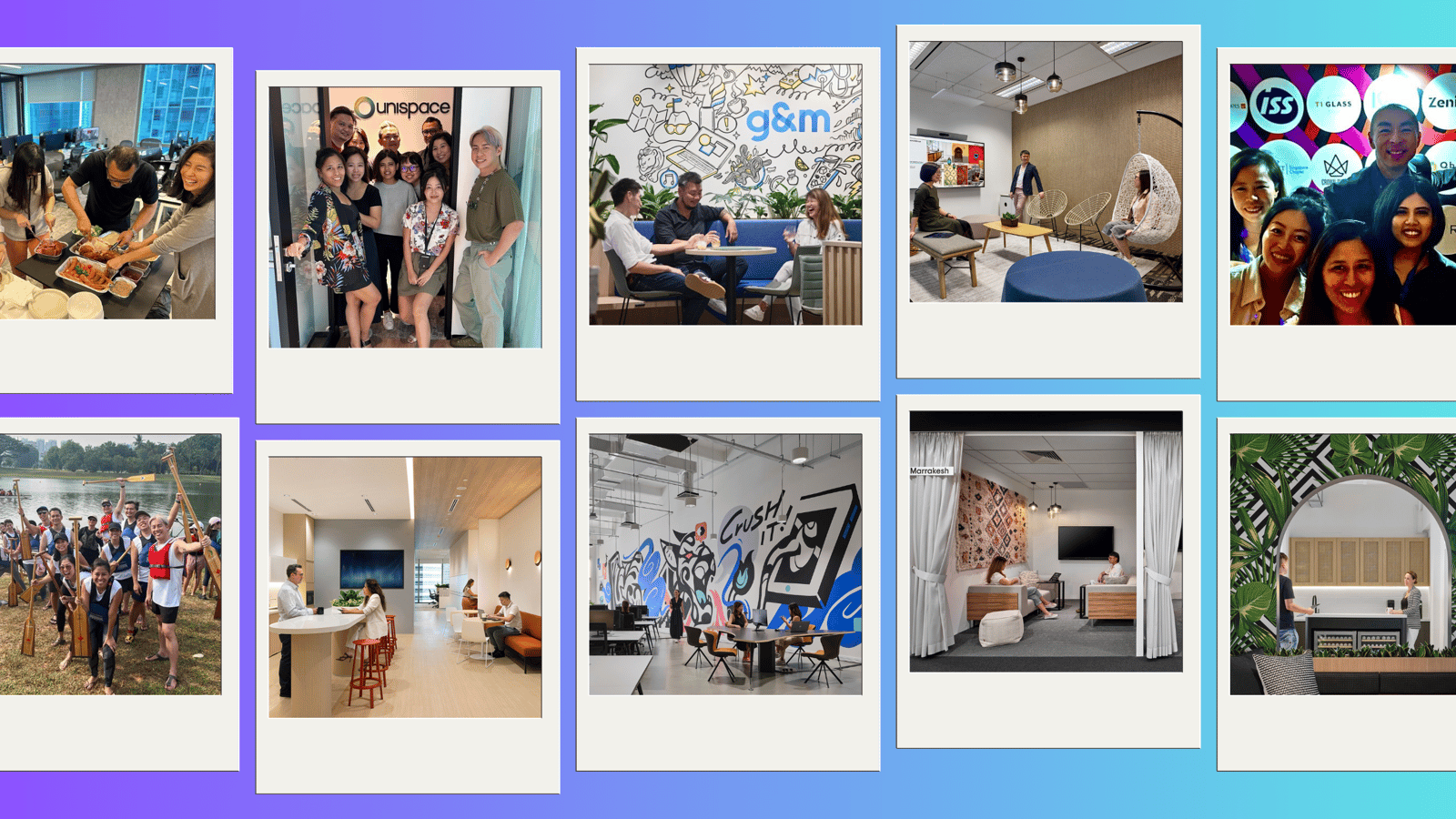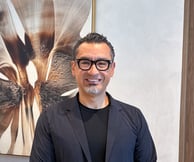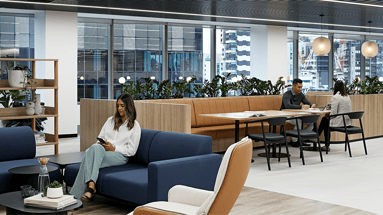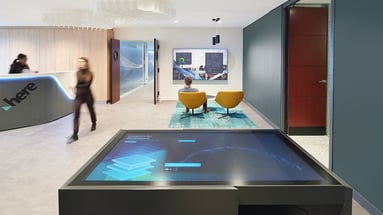How to design a workplace with happiness in mind

Tim Larson shares his views on how happiness plays a critical role in a experiential and workplace design strategy.
As a new resident of Singapore, I was pleasantly surprised to see that this fine city was most recently named the 6th Blue Zone by Blue Zone Guru Dan Buettner. Dan has written a book called “The Blue Zone Secrets for Living Longer: Lessons from the healthiest places on earth”. Buettner calls Singapore the “blue zone 2.0—the next frontier of aging” in his new book, which highlights the multicultural island of Indian, Malay, and Chinese influence as a beacon of health and happiness. But unlike other Blue Zones, whose longevity stems from years of history, culture, and tradition, Singapore’s status comes from engineered change over time.
This is a fascinating concept that got me thinking about how you go about “engineering” happiness and is happiness over-looked when it comes to how and where we work? We seem constantly in the pursuit of happiness after all.
What is Happiness and Why Does It Matter?
Happiness, often perceived as an elusive, subjective state, is increasingly recognized as a measurable and significant factor in workplace productivity and employee well-being. It transcends mere emotional contentment, encompassing a broader sense of fulfillment, engagement, and purpose. In the workplace, happiness is not just about creating a pleasant atmosphere; it's about fostering an environment where employees feel valued, supported, and motivated.
The Role of a Well-Designed Workplace in Fostering Happiness
A well-designed workplace goes beyond aesthetic appeal, playing a pivotal role in cultivating employee happiness. Here’s how:
- Enhanced Productivity and Fulfillment: Studies, including one from the University of Michigan, reveal that productivity soars in well-designed, dedicated workspaces. This is because such environments cater to the balance of emotional, physical, and mental well-being, allowing employees to harness their talents effectively. Happy employees are not just more productive; they are more innovative, healthier, and show faster career progression.
- Recognition and Personalization: A workplace that recognizes and values its employees’ contributions fosters a sense of belonging and appreciation. Modern workplaces have evolved to offer personalized rewards, such as flexible schedules and paid time off, resonating more deeply with the contemporary workforce.
- The Impact of Physical Space: Accounting for 30% of the employee experience, the physical design of a workspace significantly influences daily happiness and job satisfaction. This includes ergonomic workstations, collaborative spaces, and areas for relaxation and focus. The design should accommodate the diverse needs and preferences of the workforce, enhancing their overall experience.
- Provision of Appropriate Tools: Comfort and efficiency in the workspace are essential for happiness. The availability of ergonomic furniture, appropriate technology, and tools that ease the work process can significantly boost employee morale and productivity. This aspect of workplace design shows the company’s commitment to its employees' well-being and success.
Singapore's status as a Blue Zone offers invaluable insights into the potential of purposefully engineered or designed happiness in the workplace. By understanding and implementing the metrics of happiness - from physical space design to recognition and personalization - businesses can create workplaces that not only drive productivity and innovation but also nurture the holistic well-being of their employees. Happiness is ours to create.
About Tim Larson, Unispace Managing Director & Chief Creative Officer &, Asia

|
Tim Larson, Chief Creative Officer & Unispace Managing Director, Asia. Based in our Singapore studio, Tim is the Chief Creative Officer and Unispace Managing Director, Asia. He has been a leading innovator in the field of designing emerging experiences, and interaction in architectural environments for more than 25 years. Previously Design Principal, Downstream, our experience design agency, he grew the business through pioneering new approaches in corporate interiors, retail stores, sports and entertainment venues, among other space types. Connect with Tim on LinkedIn |


